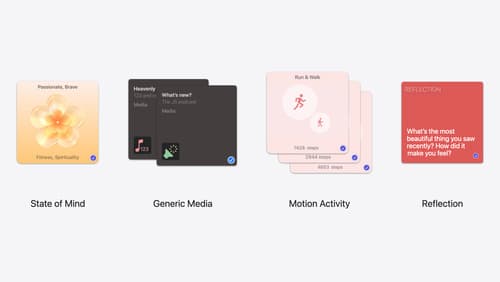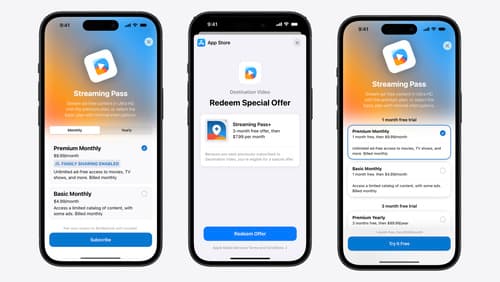I need a list of ten ideas to modernize an iOS audio streaming app. Please focus on establishing or improving the underlying architecture, tools, processes, and infrastructure to enable scalability, maintainability, and performance.
Asked on 2024-09-10
1 search
To modernize an iOS audio streaming app, focusing on architecture, tools, processes, and infrastructure for scalability, maintainability, and performance, consider the following ideas:
-
Adopt SwiftUI: Transition your UI components to SwiftUI for a more declarative and efficient UI development process. This can improve maintainability and allow for easier updates across iOS, iPadOS, macOS, and tvOS platforms. Migrate your TVML app to SwiftUI.
-
Utilize Real-time ML Inference: Integrate real-time machine learning capabilities to enhance audio processing features, such as audio separation or effects, using the BNNS Graph API for efficient CPU processing. Support real-time ML inference on the CPU.
-
Implement StoreKit Enhancements: Leverage the latest StoreKit APIs to manage in-app purchases and subscriptions more effectively, including new subscription offer types like Winback offers. What’s new in StoreKit and In-App Purchase.
-
Optimize App Store Connect Usage: Use the App Store Connect API to automate the retrieval of app analytics and improve your app's presence on the App Store. This can help identify areas for performance improvements and user engagement strategies. What’s new in App Store Connect.
-
Enhance User Experience with UIKit: Integrate new UIKit features such as improved transitions, animations, and sensory feedback to create a more engaging user experience. What’s new in UIKit.
-
Leverage HealthKit for Audio Health Features: If applicable, integrate HealthKit to provide users with insights into their listening habits and potential impacts on hearing health. Get started with HealthKit in visionOS.
-
Automate DJ Features: Consider automating complex DJ features like tempo matching and track syncing to reduce user complexity and enhance creative focus. Design great visionOS apps.
-
Adopt Best Practices for API Usage: Ensure your app is robust to API changes by supporting fallback asset types and adopting the latest API updates for enhanced functionality. Enhanced suggestions for your journaling app.
-
Integrate VisionOS Features: If expanding to new platforms, consider designing your app to take advantage of visionOS's spatial computing capabilities for a more immersive experience. Design great visionOS apps.
-
Streamline Content Management: Use SwiftUI to build content catalogs and manage media more efficiently across different Apple platforms, ensuring a consistent user experience. Migrate your TVML app to SwiftUI.
These ideas can help modernize your app by leveraging the latest technologies and best practices presented at WWDC.

Enhanced suggestions for your journaling app
Find out how your journaling app can display journaling suggestions with richer content from the system. Explore new types of available content like state of mind data, reflection prompts, and support for third-party media content and motion-based activities.

What’s new in StoreKit and In-App Purchase
Learn how to build and deliver even better purchase experiences using the App Store In-App Purchase system. We’ll demo new StoreKit views control styles and new APIs to improve your subscription customization, discuss new fields for transaction-level information, and explore new testability in Xcode. We’ll also review an important StoreKit deprecation.

Design great visionOS apps
Find out how to create compelling spatial computing apps by embracing immersion, designing for eyes and hands, and taking advantage of depth, scale, and space. We’ll share several examples of great visionOS apps and explore how their designers approached creating new experiences for the platform.
